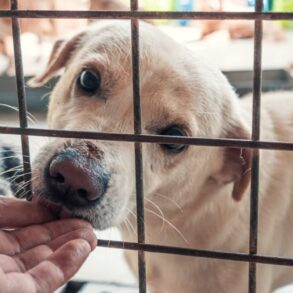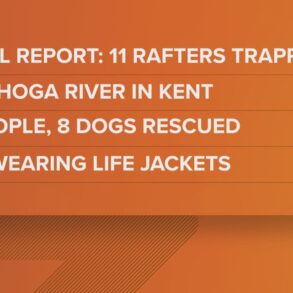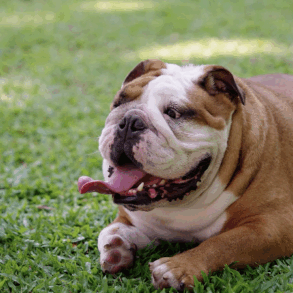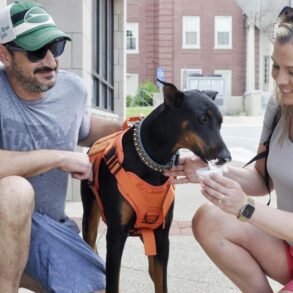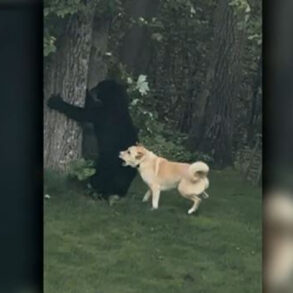We have guidelines from Tufts University on how outside cold air can impact various dog breeds, plus some tips on how to keep your pets safe during the arctic air.
INDIANA, USA — Cold air and gusty winds are one of the most dangerous types of weather, not just for humans but for your pets as well. Specifically for dogs, different breeds can handle the cold at different levels, based on their size, health, and fur.
(Disclaimer: Consult your veterinarian for specific cold guidelines for your pet. The following guidelines are from the Tufts University School of Veterinary Medicine, Center for Animals and Public Policy.)
Tap HERE for the latest local cold air weather forecast.
During the coldest of days in the winter, there are times when even outside pets need to be brought in. We have some cold threat levels based on dog breeds.
Threat level chart for dogs during cold air outbreaks
- Green: Okay
- Yellow: Low Risk
- Orange: Hazards Possible
- Red: Dangerous To Health
- Pink: Life-Threatening
The following chart is mainly based on spending medium to long amounts of time outside without shelter.

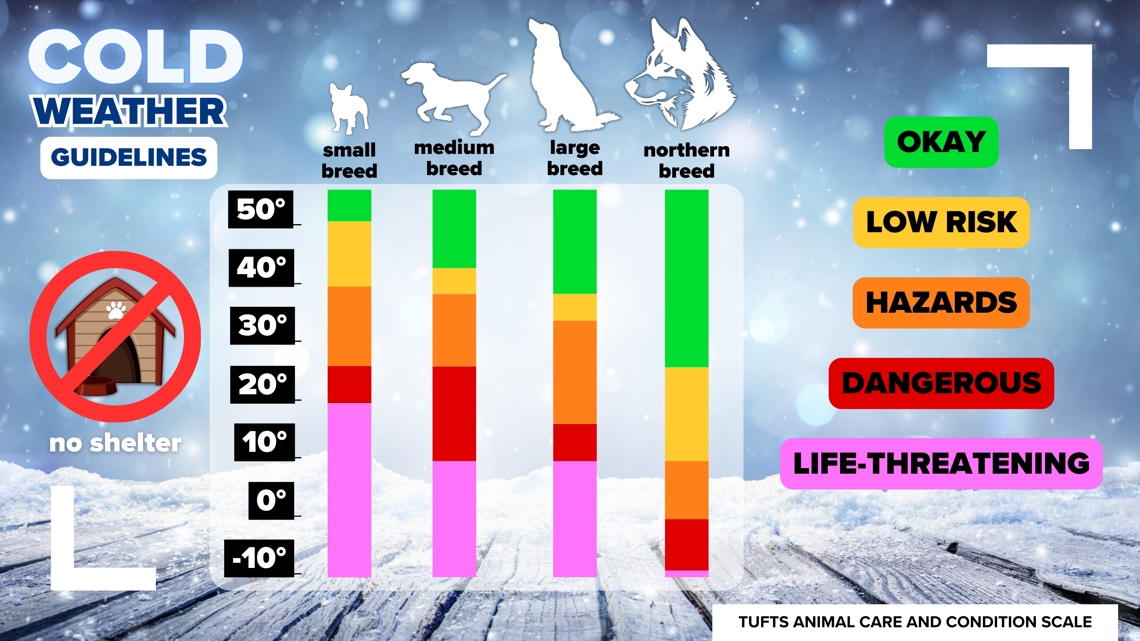
There are four columns: Small, medium, large, and northern breeds. Every dog is different, but breed can handle the cold air differently.
Small breeds: hazards possible start with temperatures at 40 degrees and colder
Medium breeds: hazards possible start at 37 degrees and colder
Large breeds: hazards possible start at 34 degrees and colder
Northern breeds: hazards possible start at 10 degrees and colder
Tufts University School of Veterinary Medicine says this is for dogs without shelter. If a dog as clean, dry, wind-blocked shelter with proper bedding, you can push all these threat levels down by on level.
Exceptions
The health and age of the dog also need to be factored in. The threat to young puppies and older dogs needs to upgraded by one level compared to the chart. In addition, sick or obese dogs need to have their threat level upgraded by one as well.
If there is active precipitation, whether rain or snow, you need to increase the threat level by two levels. When a dog gets wet, the water or snow will steal heat from the dog’s body.
Wind chill threats
These guidelines are based on air temperatures. However high winds creating severe wind chills can make cold air even more life-threatening.

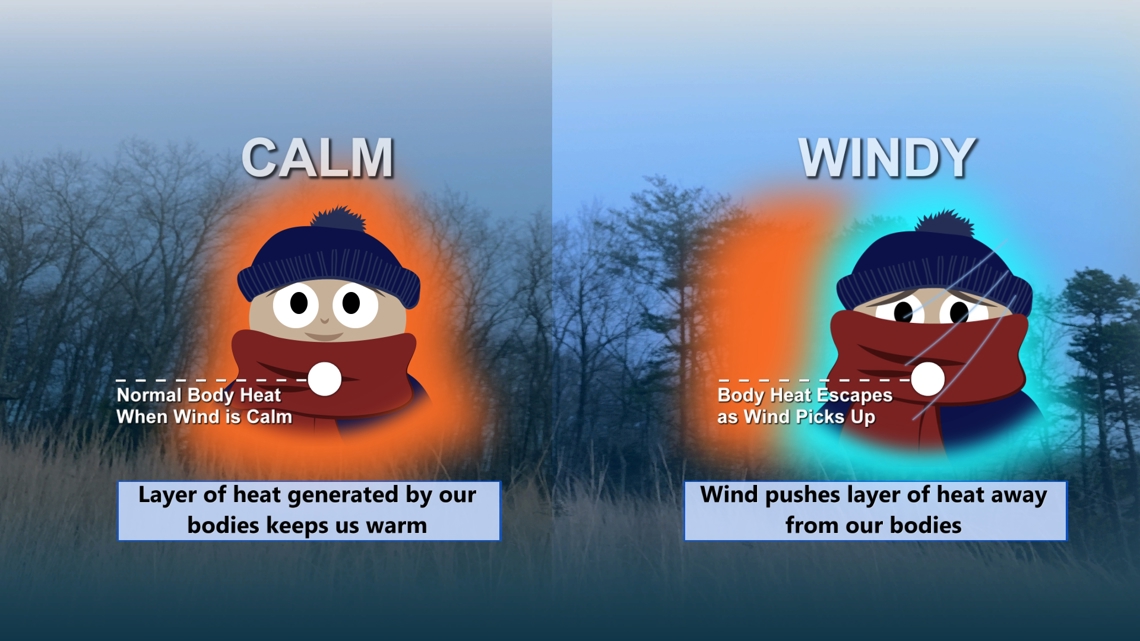
This is for humans and animals. When the wind is calm, our body radiates heat, creating a small shield of warmer air around our skin.
When the winds pick up, the wind destroys that warm barrier, stealing our heat faster. Our body tries to release more heat but it keeps getting stolen. Many times the body cannot keep up. Eventually it could lead to frostbite.

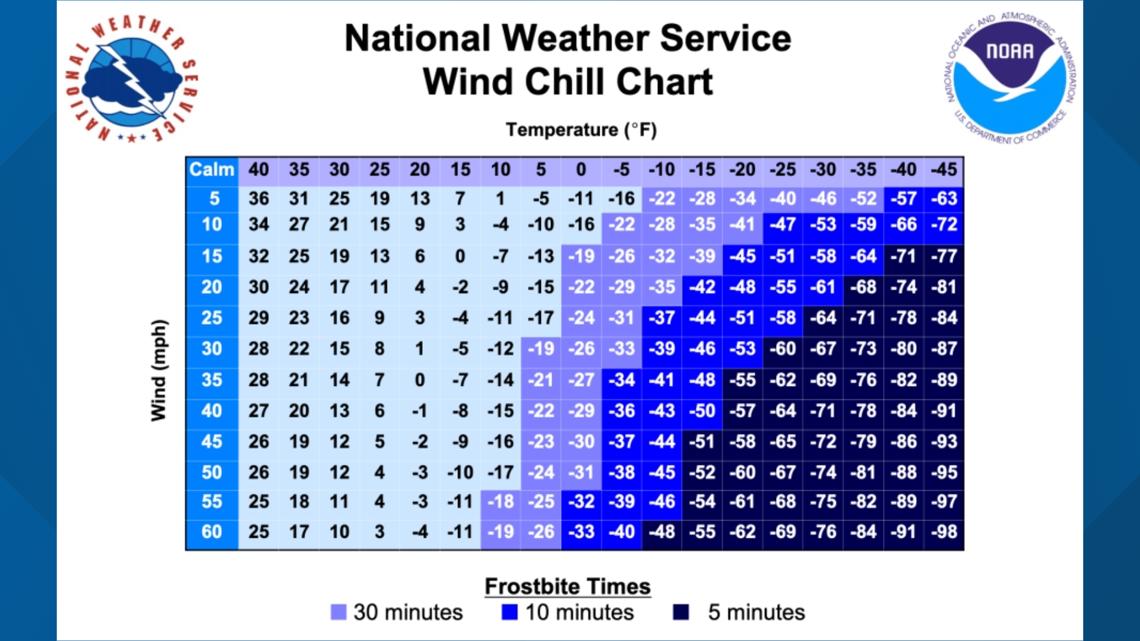
We create the apparent temperature, or wind chill, using a formula considering wind speeds and air temperatures. The faster the wind or colder the air, the more dramatic the wind chill.
Higher winds can also lead to frostbite faster.
Summary
As arctic air moves in, make sure you cover as much of your skin as possible with thick layers to stay warm. Remember your pets! Limit their time outside and keep an eye on their body language and mood in case the cold air is making an unhealthy impact on them.
-13News Meteorologist Matt Standridge
This post was originally published on this site be sure to check out more of their content.













